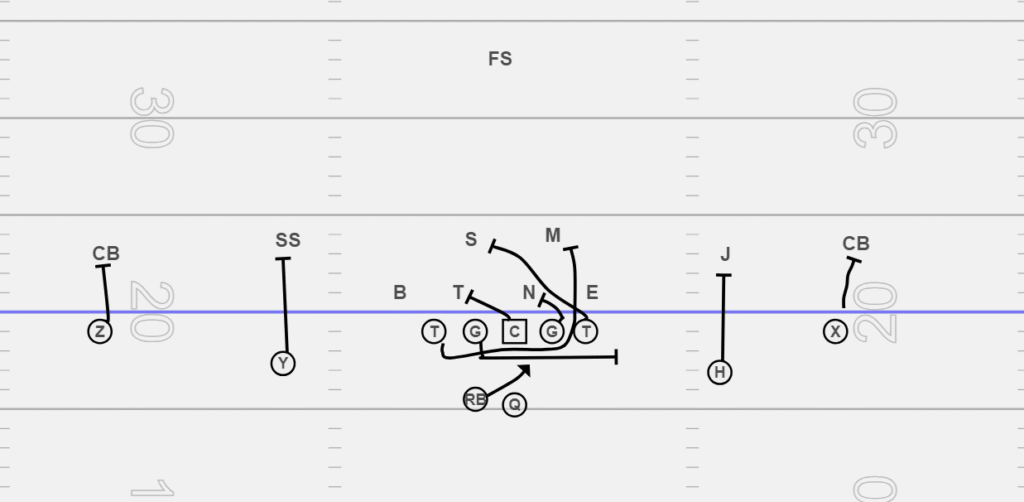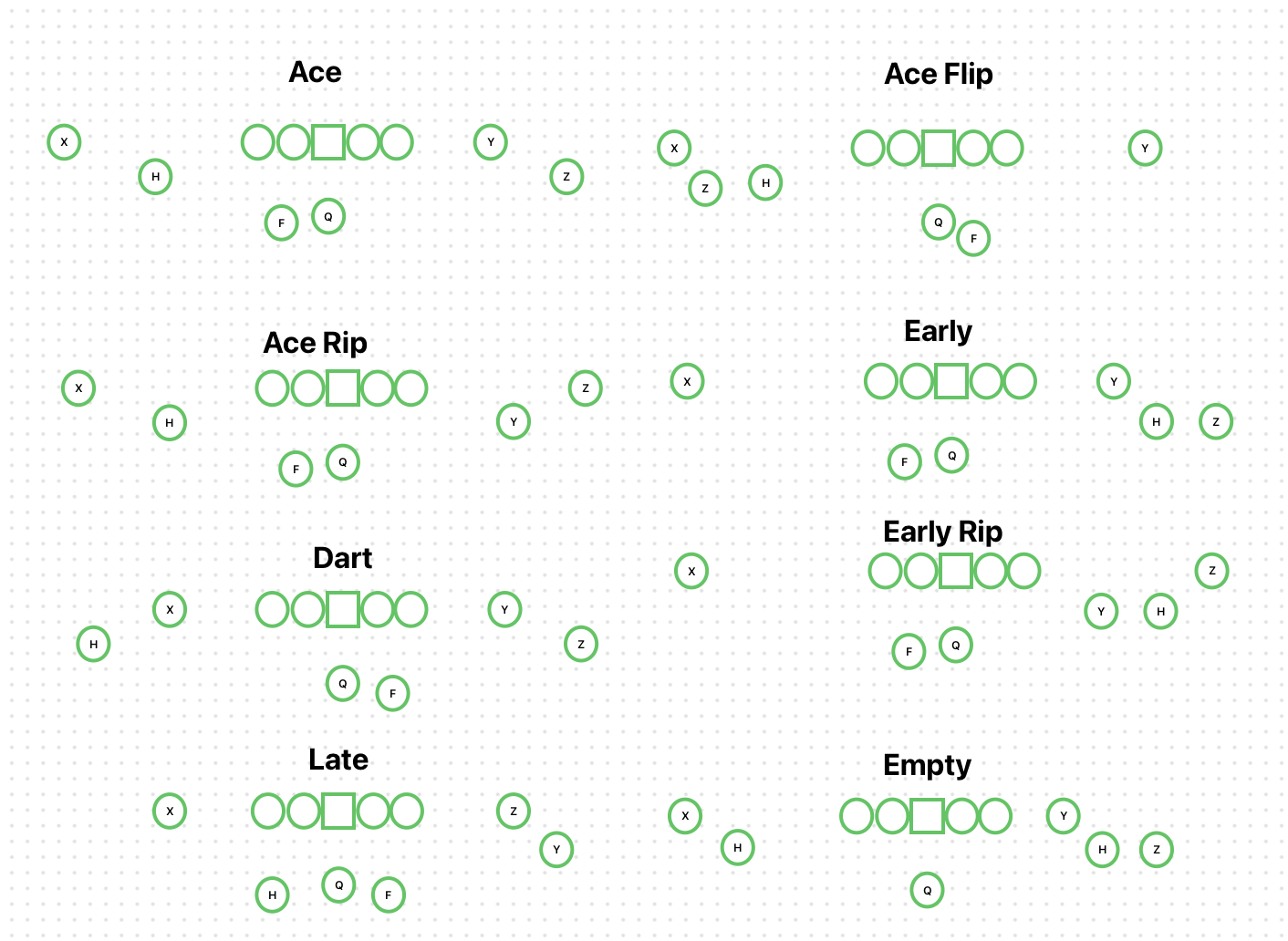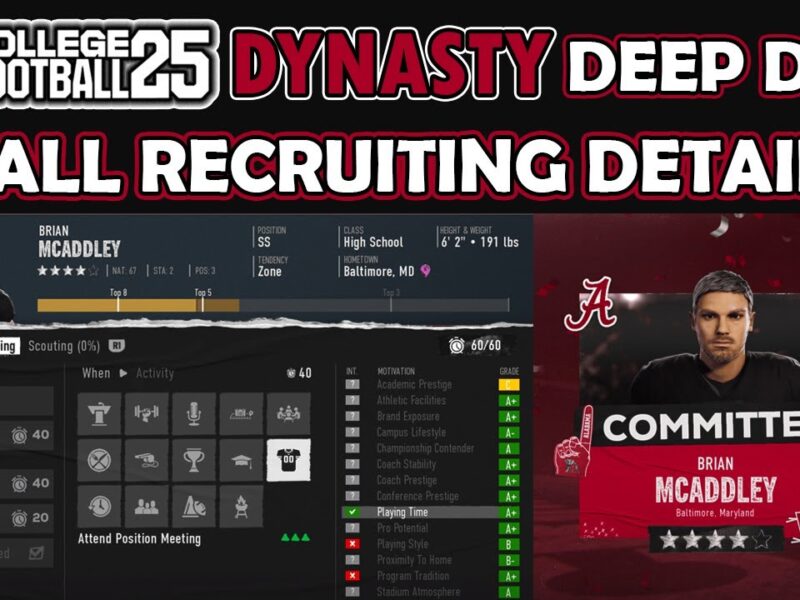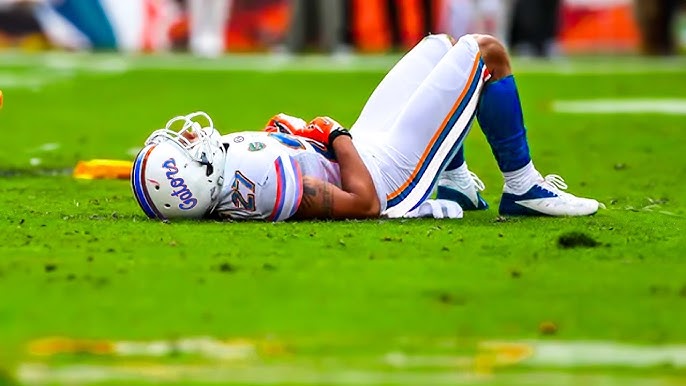Ever watch a college football game and wonder why one team constantly throws deep while another seems to run the same dive play over and over? It’s not random; it’s philosophy. College football showcases an incredible diversity of offensive schemes, each with its own identity, strengths, and weaknesses.
Understanding the basics of these systems can transform how you watch the game, turning confusing play calls into visible strategy. Let’s break down some of the most common and influential offensive schemes you’ll encounter:
1. The Spread Offense
- Core Philosophy: Use the entire width of the field to create space and mismatches. Force the defense to cover more ground horizontally, opening up lanes for both the run and the pass.
- Key Characteristics:
- Often operates from the shotgun formation.
- Utilizes 3, 4, or even 5 wide receivers.
- Emphasizes zone-read concepts, where the QB reads a specific defender post-snap to decide whether to hand off or keep the ball.
- Incorporates quick passes (screens, slants) to get playmakers the ball in space.
- Can vary tempo, often playing fast (no-huddle).
- Strengths: Creates favorable one-on-one matchups for skilled players, simplifies reads for athletic QBs, effective in space, can tire out defenses with tempo.
- Weaknesses: Can struggle in short-yardage situations if the offensive line isn’t dominant, may require a mobile QB to maximize effectiveness, can put pressure on pass protection due to fewer blockers.
- Seen In: Countless modern offenses blend spread principles. Think of variations like “Spread-to-Run” (Ohio State often) vs. “Spread-to-Pass.”
2. The Air Raid Offense
- Core Philosophy: An extreme pass-heavy version of the spread. Simplify the playbook, focus on executing a limited number of pass concepts perfectly, and throw the ball relentlessly to dictate the game. “Throw short to run long.”
- Key Characteristics:
- Almost exclusively shotgun, often with 4-5 wide receivers (“empty” formations).
- Extremely high volume of pass attempts.
- Relies on simple, repeatable pass routes (Mesh, Y-Cross, Four Verticals).
- Often utilizes very fast tempo.
- The run game is usually an afterthought, used mainly to keep defenses honest.
- Strengths: Statistically prolific passing numbers, QB-friendly system with quick reads, difficult for defenses to cover all receivers, wears down secondaries.
- Weaknesses: Can be one-dimensional and predictable, struggles mightily against elite pass rushes if the QB can’t get the ball out instantly, often needs a high volume of plays to be effective, can struggle in bad weather.
- Seen In: Lineage traces back to Hal Mumme and Mike Leach. Teams coached by their disciples (e.g., Kliff Kingsbury, Lincoln Riley at USC utilizes many Air Raid concepts within a broader offense).
3. The Pro-Style Offense
- Core Philosophy: Balance between the run and the pass, often featuring the QB under center. Utilize multiple personnel groupings (tight ends, fullbacks) to create power running lanes and set up play-action passes.
- Key Characteristics:
- QB frequently takes snaps under center (though shotgun use is increasing).
- Employs traditional formations like the I-formation or Singleback.
- Features power running schemes (gap schemes, power O).
- Relies heavily on play-action passing to create deep shots off the run threat.
- More complex route trees and progressions for the QB.
- Often uses huddles and a more deliberate tempo.
- Strengths: Physical run game can wear down defenses, effective play-action passing, good for controlling the clock, versatile use of TEs and FBs creates matchup problems.
- Weaknesses: Can be less explosive than spread offenses if lacking elite playmakers, requires a QB capable of making complex reads and throws under pressure, can be predictable at times.
- Seen In: Becoming less common in its purest form, but programs like Iowa, Michigan (historically under Harbaugh), and Wisconsin often showcase strong pro-style elements.
4. The Option Offense (Specifically Triple Option)
- Core Philosophy: Deception and assignment football. Force defenders to commit, then exploit their decision via reads by the QB after the snap. Equalize talent disparities through precise execution and discipline. Primarily run-focused.
- Key Characteristics:
- Utilizes formations like the Flexbone or Wishbone with multiple running backs close to the QB.
- QB takes the snap (often under center) and reads defensive linemen/linebackers.
- Features three potential ball carriers on one play: the fullback dive, the QB keep, or the pitch to a trailing running back.
- Passing is infrequent and usually relies on catching the defense overcommitting to the run.
- Strengths: Extremely difficult for defenses to prepare for in a single week (due to its uniqueness), controls the clock, minimizes turnovers when executed correctly, effective even with less physically dominant athletes if discipline is high.
- Weaknesses: Highly specialized personnel required, passing game is severely limited, struggles significantly when playing from behind, vulnerable to defenses with highly disciplined edge players.
- Seen In: Primarily run by the service academies (Army, Navy, Air Force).
The Modern Blend: Hybrids and RPOs
It’s crucial to note that few teams run a “pure” version of any single scheme anymore. Modern college football is dominated by hybrid offenses that blend elements from different philosophies.
The biggest unifying trend is the Run-Pass Option (RPO). RPOs are plays designed to look like runs, but give the QB the option to throw a quick pass based on reading a specific “conflict” defender after the snap. RPOs are now staples in almost every offense, particularly Spread and Air Raid variations, adding another layer of stress onto defenses.

Conclusion:
College football’s offensive landscape is a fascinating tapestry woven from different strategic threads. Whether it’s the wide-open spacing of the Spread, the aerial assault of the Air Raid, the physical balance of the Pro-Style, or the deceptive precision of the Option, each scheme offers a unique approach to moving the football. Recognizing these core philosophies will undoubtedly enhance your appreciation for the intricate chess match happening on the gridiron every Saturday.
Which offensive scheme do you find most exciting to watch? Are there any specific teams whose offensive style you admire? Let us know in the comments!


